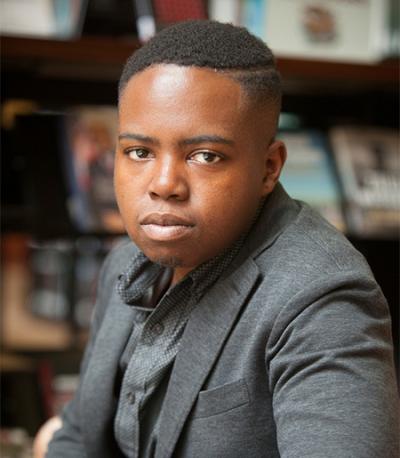

Aims to “find a vocabulary for black and trans life”.Presents blackness and transness as intrinsically intertwined.Explores intersections of blackness and transness* throughout the nineteenth and twentieth centuries in America.Riley Snorton achieves through “Black on Both Sides” is a nuanced examination of the interconnectivity of blackness and transness that not only highlights key examples from history which attest to their interrelation, but, moreover, furthers an exploration of transness, within academic study, which seeks to simultaneously understand and destabilise the relationships between gender, sex, race, sexuality and other axes of difference. Now, having read it, I can confirm that it is very dense (although I don’t like using this word because I feel it carries negative connotations of academia), but, although I did not know most of the references and there were many points I could not entirely follow, I was actually ready to read it and I’m glad I read it now. Due to this, I was apprehensive about reading it so early on in my exploration into Trans Studies, but it seemed too important to wait.

I’ve since seen Black on Both Sides recommended on Instagram and included on several Trans reading lists, most of which describe the writing as “dense”. It caught my attention at the time I took a picture of it (like I do all books that appeal to me) and filed it away in my mind for later reading. I first came across Black on Both Sides in the (academic) books section of the gallery shop attached to the Kiss My Genders exhibition at the Hayward Gallery in London in 2019.


 0 kommentar(er)
0 kommentar(er)
